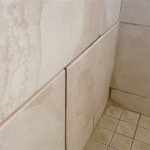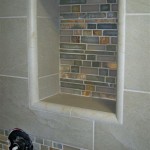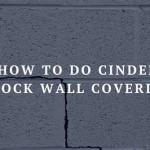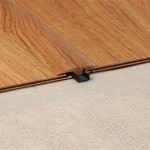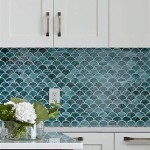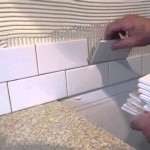Do You Need Cement Board Under Tile?
Installing tiles can add a touch of elegance and sophistication to any room. However, to ensure that your tiles remain durable and long-lasting, it's crucial to consider the substrate you use underneath them. Cement board has emerged as a popular option for various reasons, making it worth exploring whether it's the right choice for your tiling project.
Advantages of Using Cement Board Under Tile
Strength and Durability: Cement board is a rigid and sturdy material that can withstand the weight of tiles and the potential movement of the underlying structure. Its strength makes it ideal for high-traffic areas and areas prone to moisture, such as bathrooms and kitchens.
Moisture Resistance: Cement board is highly resistant to water absorption, making it an excellent choice for areas where moisture is a concern. This resistance helps prevent the growth of mold and mildew, ensuring the longevity of your tiles.
Fire Resistance: Cement board is non-combustible, providing an additional layer of protection in the event of a fire. Its fire resistance rating makes it a suitable substrate for areas with strict building codes.
Disadvantages of Using Cement Board Under Tile
Cost: Cement board tends to be more expensive compared to other substrates, such as plywood or drywall. This cost difference can be a factor to consider when determining the overall budget for your tiling project.
Heaviness: Cement board is a heavy material, which can make it difficult to handle and install. It requires proper support and additional reinforcement, which can add time and labor to the installation process.
When to Use Cement Board Under Tile
Cement board is highly recommended in the following scenarios:
- Areas with high levels of moisture, such as bathrooms and kitchens.
- Areas exposed to outdoor elements, such as patios and balconies.
- Areas with heavy foot traffic, such as entryways and hallways.
- Areas where fire resistance is a concern.
Alternatives to Cement Board
If cement board is not the ideal choice for your project, consider the following alternatives:
- Plywood: Plywood is a durable and cost-effective option for dry areas.
- Drywall: Drywall can be used in low-moisture areas, but it requires a layer of backer board for added support.
- Backer Board: Backer board is a thin, waterproof board that can be applied over existing drywall or plywood to provide a stable surface for tiles.
Conclusion
Deciding whether or not to use cement board under tile depends on the specific requirements and considerations of your project. If you need a strong, moisture-resistant, and fireproof substrate for high-traffic or moisture-prone areas, cement board is an excellent choice. However, if cost and weight are significant concerns, consider alternative substrates that can meet your project's needs.

How To Install Cement Board On A Floor Diy Family Handyman

Tile Backerboard Material Options Fine Homebuilding

Thinset Under Cement Board Yes Or No Ord Ceramic Tile

How To Install Hardie Backer Cement Board On Floors James Pros

How To Install Cement Board In 3 Easy Ways Q2 2024 Infographic

Installing Cement Backerboard For Tile Flooring Hometips

Cement Backerboard Floor Tile Installation Uncookie Cutter

How To Install Cement Backer Board For Floor Tile Installation The Home Depot

Cement Board Installation On Floors 5 Mistakes To Avoid Diytileguy

Cement Board What It Is When To Use Home Tips For Women
Related Posts

